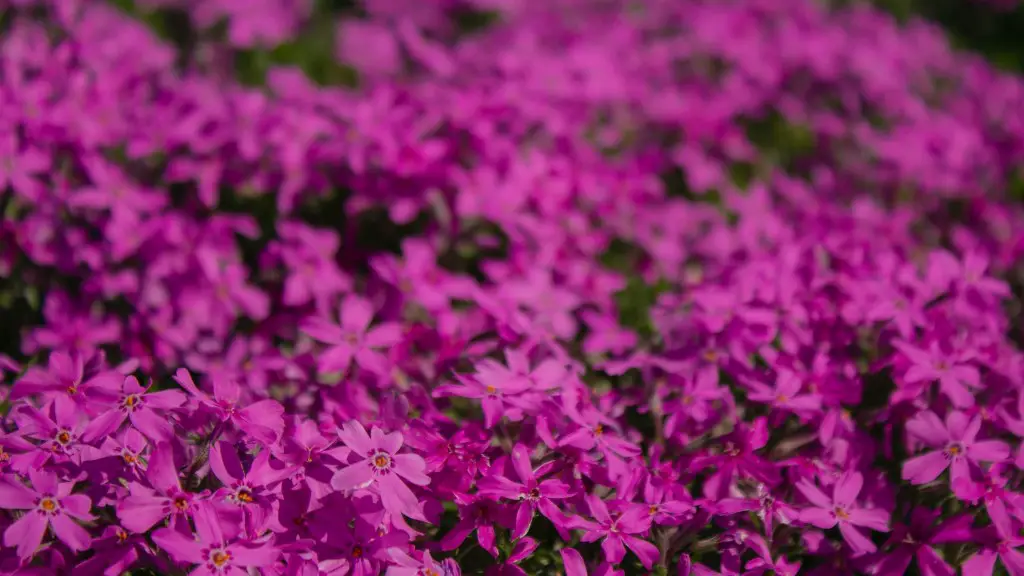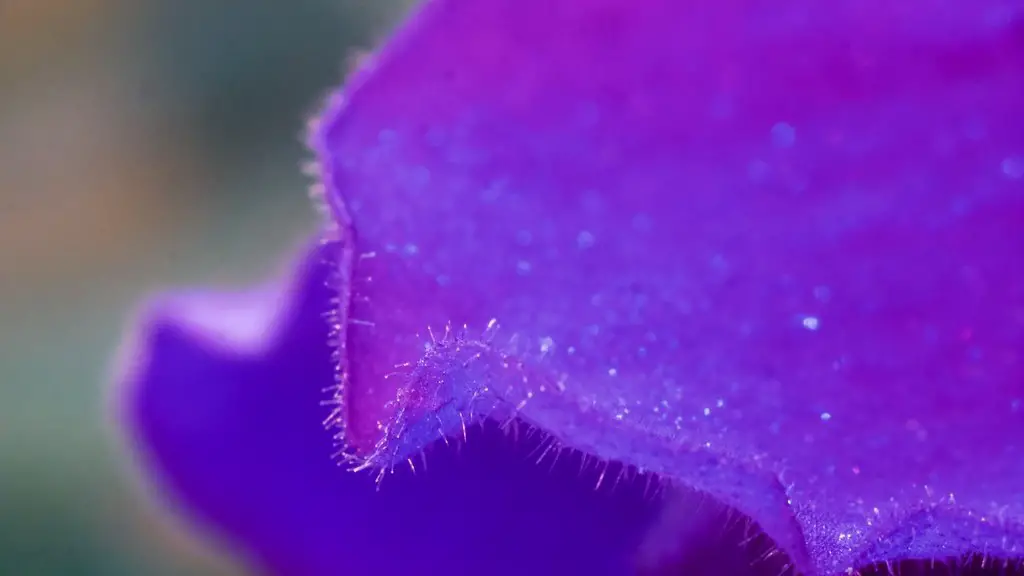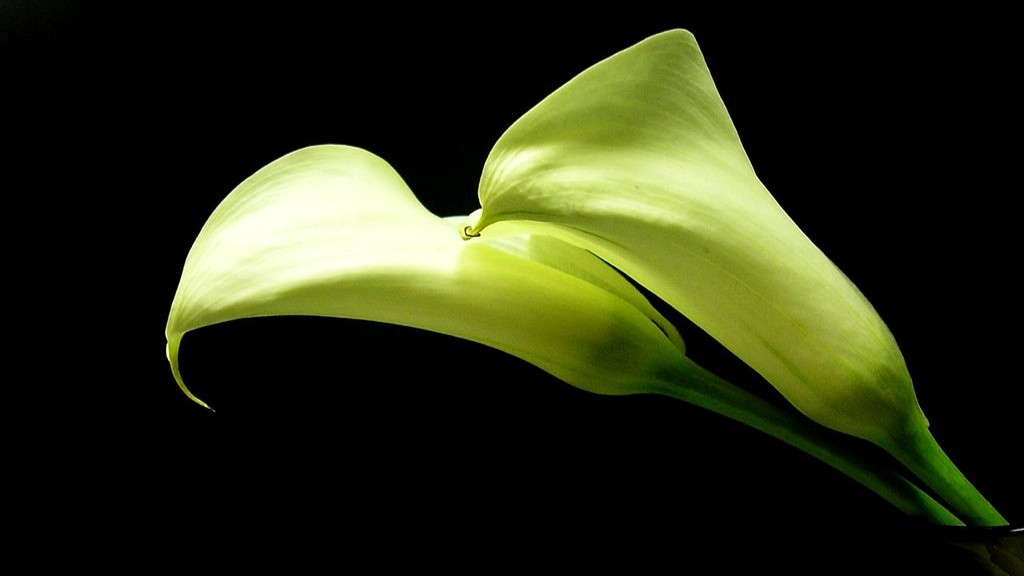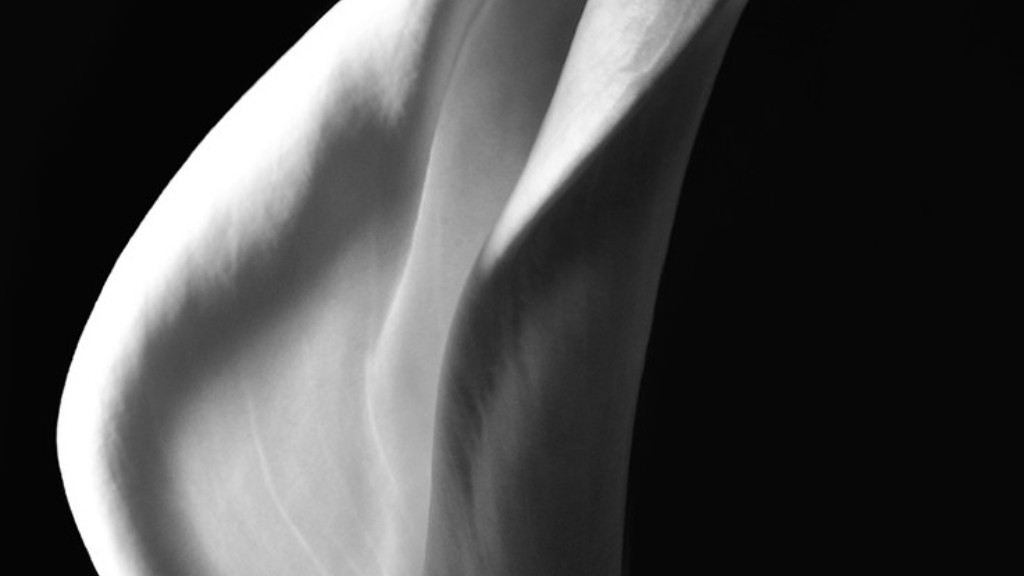African violets are one of the most popular houseplants, and for good reason! They are relatively easy to care for, and they bloom continuously throughout the year. However, even though they are easy to care for, there are a few things you need to do to keep them blooming their best. Here are a few tips:
1. Light: African violets need bright, indirect light. If your plant is not getting enough light, it will produce fewer blooms.
2. Water: African violets need to be kept evenly moist, but not soggy. Allow the soil to dry out slightly between watering.
3. Fertilizer: Use a fertilizer specifically formulated for african violets. Apply it every other week or so, following the directions on the package.
4. Temperature: African violets prefer a temperature of around 70 degrees Fahrenheit.
5. Humidity: African violets need high humidity to bloom their best. You can increase the humidity around your plant by grouping it with other houseplants, or by placing it on a pebble tray.
By following these tips, you can keep your african violets blooming their
African violets are a type of houseplant that bloom best when they are kept in a bright, indirect light. They also need to be kept in a warm room with a humidity level of around 50%. To keep them blooming, you need to water them regularly and fertilize them every few weeks.
How do I get my African violet to bloom again?
There are a few things you can do to help your African Violet bloom again. First, make sure it is getting enough light. Second, turn up the humidity if possible. Third, replenish essential nutrients. Fourth, keep the temperature pleasant. Fifth, choose the right soil. Sixth, protect from pests and disease. Seventh, constrict the roots.
African violets typically bloom every 6 to 8 weeks. However, with the right growing conditions, they can produce flowers more frequently. If you disbud your old flowers, new ones should bloom within a few weeks.
What causes an African violet not to bloom
African violets need bright, indirect sunlight in order to bloom well. Too little sunlight will cause them to stretch for the light and produce few or no flowers. Too much sun can burn the leaves. An east-facing window is ideal, especially with a sheer curtain to block the sun’s harshest rays.
A wicking system is a method of watering African violets (or any other plant) where the plant is watered from below, using a wick that draws water up from a reservoir. This ensures that the plant never sits in water, which can lead to problems like root rot.
Does Epsom salt help African violets bloom?
Epsom salts are a great way to give your plants the essential magnesium and sulfur they need to produce beautiful blooms and healthy foliage. Just mix one and a half teaspoons of Epsom salts in a quart of tepid water and swirl to dissolve. Then water your plants (below the leaves) with this solution once a month.
If you want your plants to have the best color and blooms, grow them in bright, indirect light. A plant stand three feet away from a west- or south-facing window is an ideal location. Plants will still grow when situated right beside north- or east-facing windows, but leaves will be thin and spindly, and plants less likely to bloom.
Should you let African violets dry out?
If you want your African violet to prosper, it’s important to let the soil dry out between waterings. Overwatering can kill the plant, as the fine roots need air to survive and wet soil prevents this.
Pruning African Violet Leaves is an important part of plant care. By removing three or more bottom leaves every month, you help make room for new growth and give the remaining foliage space to stretch out. This also allows for more energy to be focused on the healthy leaves and flowers.
What month do violets bloom
While some people consider wild violets to be a lovely decorative plant, others consider them to be a bothersome weed because they display an aggressive behavior that is very hard to control. Wild violets can be difficult to control because they are low-growing perennials that bloom in mid-May, making them difficult to remove once they have taken root. If you are considering adding wild violets to your garden or landscaping, be aware that they may be difficult to control and remove if you change your mind later.
African violets are known for their ability to bloom nearly year-round. If you are able to provide the correct conditions, expect your African violets to bloom 10-12 months each year. Each bloom lasts for about 2-3 weeks.
Can I water my African violet from the bottom?
African violets are prone to certain diseases which can affect their growth and health. Some of these diseases include root rot, leaf spot, and powdery mildew. It is important to be aware of these diseases and take steps to prevent them from affecting your plants.
Self watering pots are the best pots for African violets because they help to keep the soil moist and prevent the roots from getting too wet. They also help to aerate the soil and provide drainage. The most popular self watering pots for African violets are the Mkono 3 Pack Self Watering Plastic Planter, the Ceramic Pot with Saucer, and the Blue Self Watering Ceramic Planter.
Do African violets like coffee grounds
The coffee grounds will help to fertilize the African violet and make the plant grow healthy foliage. It is important to occasionally sprinkle the coffee grounds on top of the potting soil to help the plant grow.
African violets need indirect sunlight, so a north- or east-facing window is best. Keep plants away from cold glass and rotate the pot once a week so all leaves receive light. Extend daylight by placing African violets under a grow light during winter months.
How long do African violets live?
African violets need to be repotted every 1-2 years in order to thrive. If you notice that your plant is starting to look cramped in its pot, it’s time to repot. Be sure to use a well-draining potting mix specifically for African violets, and don’t overpot – the pot should only be 1-2 inches larger than the current pot.
If you are looking for a way to use up your coffee grounds, why not try using them as a fertilizer for your African violets? All you need to do is mix together some dried coffee grounds and dried egg shells, and then work the mixture into the top of the soil. You should do this every couple of months to keep your plants healthy and strong.
Warp Up
To keep African violets blooming, water them regularly and fertilize them monthly. Place them in a sunny spot, and keep the soil moist but not soggy.
One way to keep African violets blooming is to give them plenty of light. They doing best in a bright, sunny spot. However, too much direct sunlight can scorch their leaves, so it’s important to find a balance. African violets also need to be kept moist, but not wet. Allow the soil to dry out slightly between watering.





